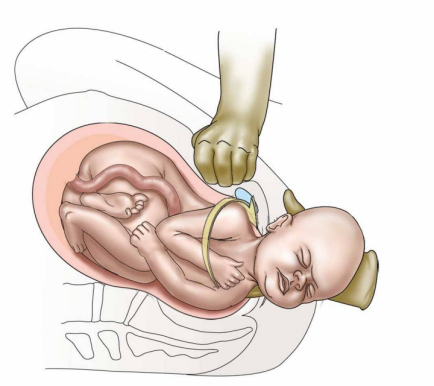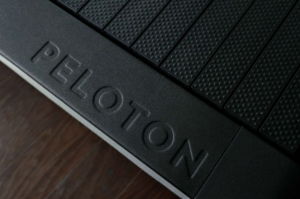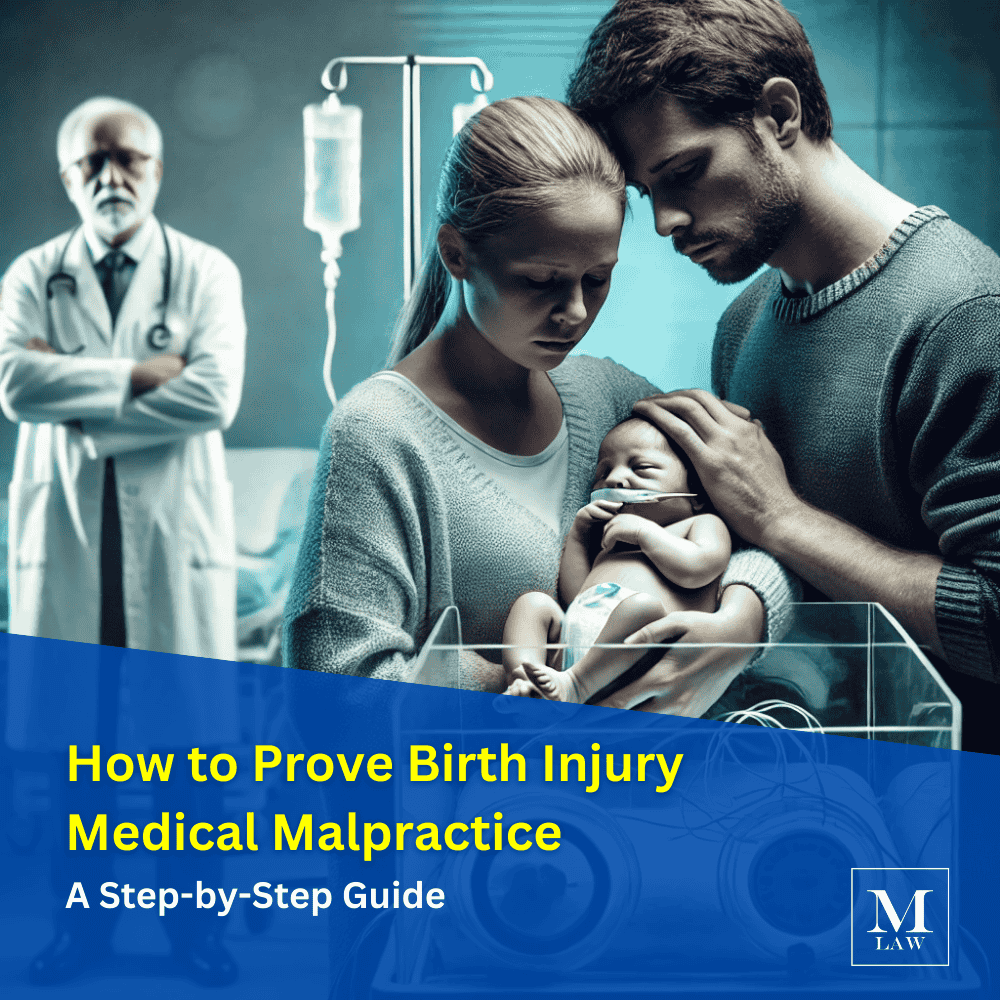What is Shoulder Dystocia?
Shoulder dystocia is one of many obstetric emergencies (emergency situations or complications during delivery) that can lead to life-altering birth injuries.
During a shoulder dystocia, after the delivery of the infant’s head, the shoulders become stuck behind the mother’s pubic bone.
The pressure exerted on the infant’s shoulders can lead to injury if not properly treated. While in many cases these injuries are minor, in some cases, the injuries can go deeper.
Damage to the brachial plexus, a bundle of nerves that runs along the shoulder, can lead to permanent paralysis of the arms and hands.
Because the consequences of a shoulder dystocia can be so severe, doctors are trained in recognizing and treating these situations.
A doctor may recognize this by “turtle signs,” where the baby’s head begins to retract into the vagina.
The illustration below demonstrates how this occurs, and what “turtle signs” look like.

It’s easy to see from the illustration how an infant can become “stuck” in this way, and how injuries can occur because of this.
Symptoms of Shoulder Dystocia
“Turtle signs” and reddening or swelling of the face are the most common and prominent initial signs of shoulder dystocia. An obstetrician gynecologist (OBGYN) is trained to recognize and detect these symptoms quickly, as prolonged shoulder dystocia can lead to injury.
If your doctor was unsuccessful in recognizing shoulder dystocia, or if they neglected to take proper action to alleviate the situation, serious injury can occur. If the baby was injured during birth, they may begin to show symptoms of other complications hours, or even days later.
These symptoms can include any of the following:
- Klumpke paralysis
- Erb’s palsy
- Hypoxia
- Death
- Cerebral palsy
Shoulder dystocia does not only affect the infant. Maternal complications are common and can include:
- Postpartum bleeding
- Perineal lacerations that extend into the anal sphincter
- Symphyseal separtion
- Neuropathy of lateral femoral cutaneous nerve
- Uterine rupture

Treatment for Shoulder Dystocia
When a doctor or midwife recognizes the signs of shoulder dystocia during childbirth, they are supposed to follow the ALARMER method. The mnemonic stands for:
- Ask for help (usually from an obstetrician or pediatric doctor)
- Leg hyperflexion and abduction at the hips (known as the McRoberts maneuver)
- Anterior shoulder disimpaction (suprapubic pressure)
- Rotation of the shoulder (known as the Rubin maneuver)
- Manual delivery of posterior arm
- Episiotomy
- Roll over on all fours
These steps are followed in sequential order and performed until one is successful. In rare instances, a doctor may find it necessary to fracture the clavicle to save the infant.
Generally, when a shoulder dystocia has been successfully treated, the infant can be delivered without further complication or injury. Usually a doctor will prescribe further tests and examination to ensure that your child was delivered safely and without harm.
If a child was injured from a shoulder dystocia, they may exhibit symptoms of brachial plexus nerve damage. Birth injuries involving the brachial plexus can lead to serious long-term issues in sensory and motor development, and should be examined immediately and treated if necessary.
Generally, shoulder dystocia is treatable and does not cause long-term effects on the mother or the child. An OBGYN is trained for delivery complications and can act to treat these issues and deliver the baby safely. If you suspect that your doctor did not properly treat your child’s shoulder dystocia, you may need to seek the opinion and advice of an experienced birth injury lawyer.
How a Birth Injury Lawyer can Help You
Our caring in-house physician, as well as our team of trained birth injury lawyers can determine if your child was injured due to negligent care. In cases where injury was preventable, you may be entitled to monetary compensation for injury to you and your child.
This compensation from a medical malpractice lawsuit can cover medical expenses such as surgery, physical therapy, and other treatments. It can even cover other costs such as lost wages and pain & suffering.
To get started with a claim, or to see if you have a claim, contact Merson Law by calling the number above or by filling out our contact form.








